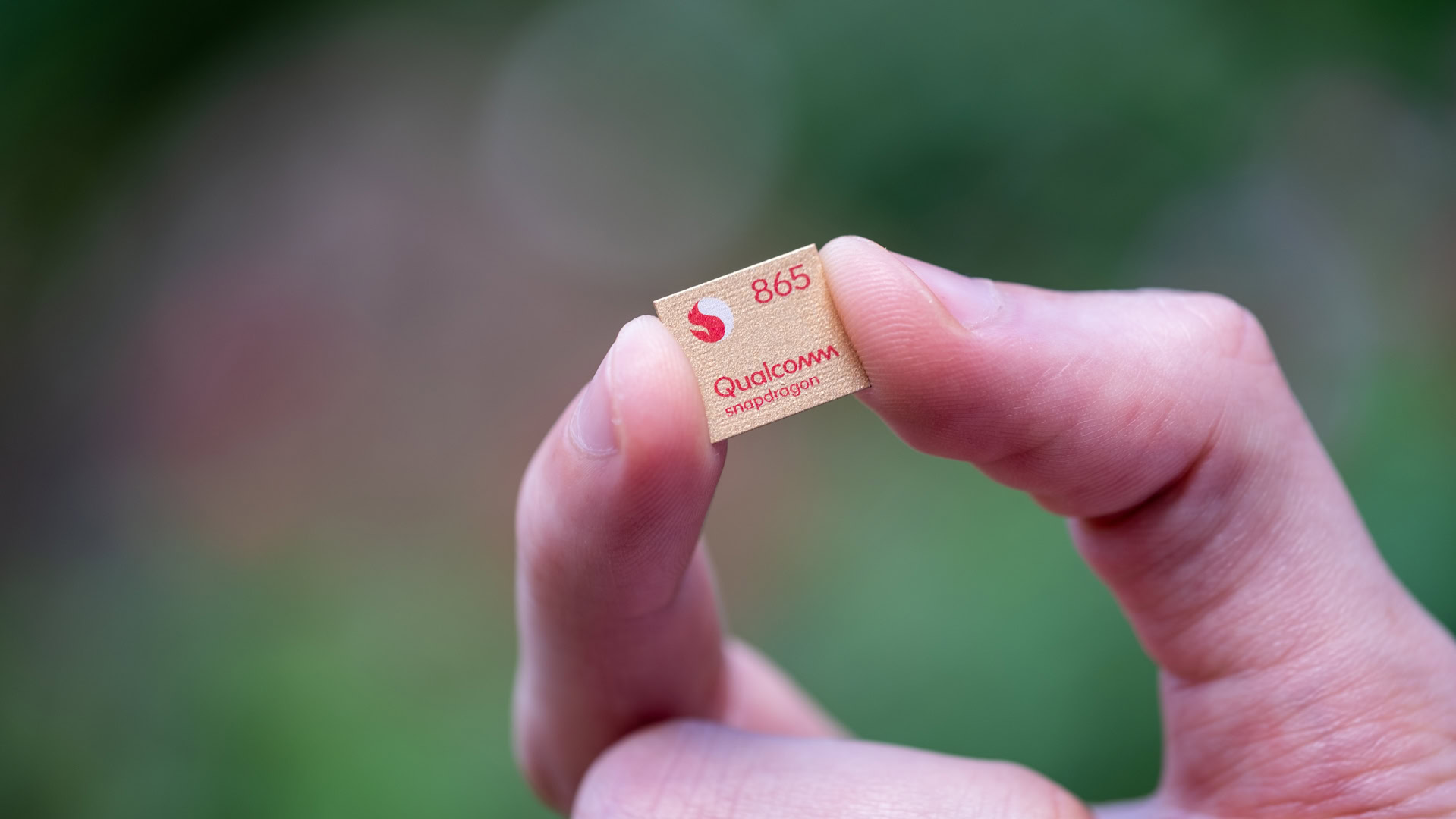Affiliate links on Android Authority may earn us a commission. Learn more.
MediaTek Dimensity 800 launched: 5G is starting to go mainstream

Samsung and Qualcomm have both announced 5G chipsets designed for more affordable devices, and it’s now MediaTek’s turn to reveal a mid-range 5G processor.
The Taiwanese chip designer has announced the Dimensity 800 chipset in Las Vegas, coming in below the flagship-level Dimensity 1000 processor. And it looks like this new processor is taking on Qualcomm’s latest mid-range silicon.
A Snapdragon 765 rival?
The 7nm Dimensity 800 offers an octa-core CPU arrangement with four Cortex-A76 cores at 2Ghz and four lightweight Cortex-A55 cores at 2Ghz. This bucks the trend of mid-range chipsets we’ve seen from the likes of Qualcomm this year, which have typically offered two heavy cores and six lightweight cores.
So you can expect better multi-core performance in theory from the MediaTek processor given equal silicon. But Qualcomm has moved to offer a triple power domain design with the Snapdragon 765G, offering one powerful core (Cortex-A76 at 2.3Ghz), a medium core (Cortex-A76 at 2.2Ghz), and six light cores (Cortex-A55 at 1.8Ghz). The Snapdragon silicon theoretically has the edge when it comes to single-core performance then, assuming equal specs elsewhere. Whichever way you cut it, neither company is offering the new Arm Cortex-A77 CPU in their processors.
Read: Snapdragon 865 versus Dimensity 1000 specs: A rivalry renewed
MediaTek’s new chipset delivers the latest Arm graphics technology though, featuring a Mali-G77 GPU with four cores. By comparison, the Dimensity 1000 more than doubles the core count to nine. The CPU and GPU horsepower enables support for 90Hz refresh rates on FHD+ screens.
Moving to connectivity, the new processor touts the Helio M70 integrated 5G modem with sub-6Ghz support. Don’t expect mmWave 5G here though, much like the flagship Dimensity 1000. The modem enables downlink speeds of 3.5Gbps and uplink speeds of 1.25Gbps.
Other noteworthy 5G details include NSA/SA support, two carrier aggregation, and Voice over New Radio. Unlike the flagship chipset, the Dimensity 800 doesn’t pack 5G+5G dual SIM support.
Dimensity 800: What else should you know?
The Taiwanese company has also pushed AI silicon hard in the last year or two, and the Dimensity 800 continues this trend. You can expect a four-core APU as opposed to the flagship SoC’s six-core APU, divided into one big core, two small cores, and one tiny core. MediaTek says it offers 2.4 TOPS of performance and focuses on FP16 calculations, enabling the “most precise” AI camera results.

Photography is increasingly important in the mid-range segment, and the Dimensity 800 doesn’t seem to falter here either. The chipset supports up to 64MP single-camera or 32MP+16MP dual camera setups, but MediaTek says it also supports up to four concurrent cameras.
Other notable camera features include noise reduction, 4K HDR recording, AI-powered HDR, and dedicated facial detection silicon.
The first phones equipped with the Dimensity 800 chipset will land in the first half of 2020, the company says. There’s no word on pricing for Dimensity 800-powered phones, but we’ve seen OPPO offer the Dimensity 1000-toting Reno 3 5G for under $500. It stands to reason then that we could definitely see cheaper pricing with the new processor.